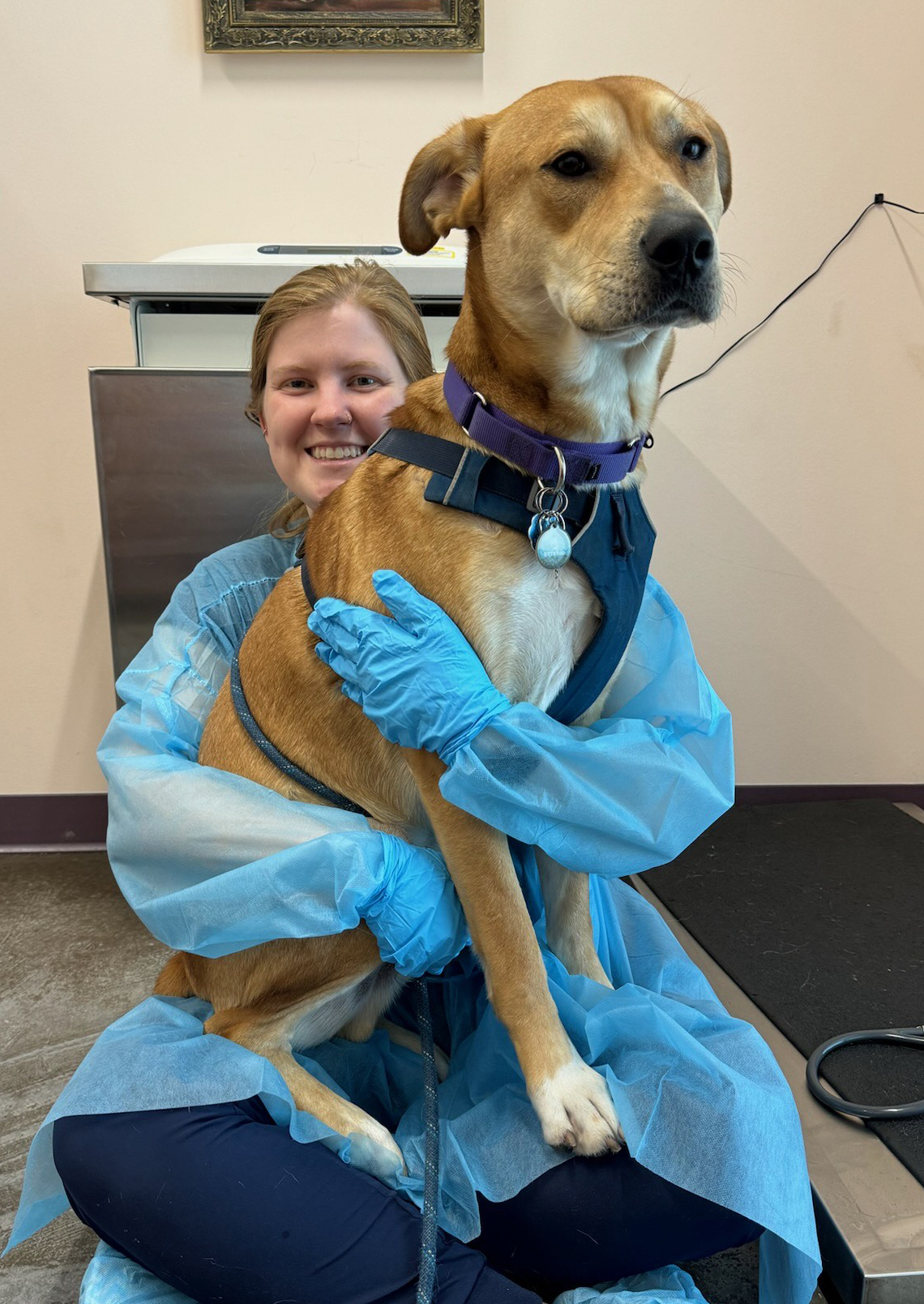Dog and Cat Radiology / X-rays in Austin, Texas
Veterinary radiology deals with the use of imaging techniques to diagnose and treat diseases and injuries in animals. We use x-rays to obtain high-quality images of your pet's anatomy to aid in the diagnosis and management of their medical conditions.
X-rays (Radiography) are the most frequently used imaging technique in veterinary radiology. They provide two-dimensional images that help visualize bone structures, detect fractures, identify abnormalities in the chest and abdomen, and assess the overall health of your pet's internal organs.
We Have Same-Day Availability!

Why would my pet need an x-ray?
There are several reasons why your pet might need an X-ray. Some common situations where X-rays are necessary include:
- Injury or Trauma: X-rays are crucial in evaluating bone fractures, dislocations, and joint injuries resulting from accidents or falls.
- Lameness or Difficulty Moving: If your pet is limping or having difficulty moving, X-rays can help identify issues with bones, joints, or the spine.
- Respiratory Issues: X-rays are used to examine the lungs and chest cavity for signs of respiratory conditions, such as pneumonia, tumors, or fluid accumulation.
- Gastrointestinal Problems: X-rays can reveal foreign objects, blockages, or abnormalities in the gastrointestinal tract that may be causing vomiting, diarrhea, or abdominal pain.
- Dental Health: Dental X-rays are performed to assess the health of teeth roots and surrounding bone structures, especially in cases of dental disease or tooth fractures.
- Monitoring Growth and Development: X-rays can be used to monitor the development of bones and joints in young animals.
- Pre-surgical Assessment: Before certain surgeries, veterinarians may use X-rays to get a better understanding of the anatomical structures involved and plan the procedure accordingly.
- Tumor Detection: X-rays can help identify the presence and location of tumors or abnormal masses in the body.
- Heart and Lung Conditions: X-rays are used to evaluate heart size, check for heartworm disease, and detect conditions affecting the lungs and other thoracic organs.
It's important to note that X-rays are usually safe for pets when performed by experienced professionals. In some cases, sedation or anesthesia might be required to keep the pet still during the imaging process, especially if they are in pain or anxious. If your pet's veterinarian recommends an X-ray for your pet, it is essential to follow their advice, as it can provide valuable insights into your pet's health and help guide appropriate treatment plans.
Book your pet's appointment at Paz East today!

